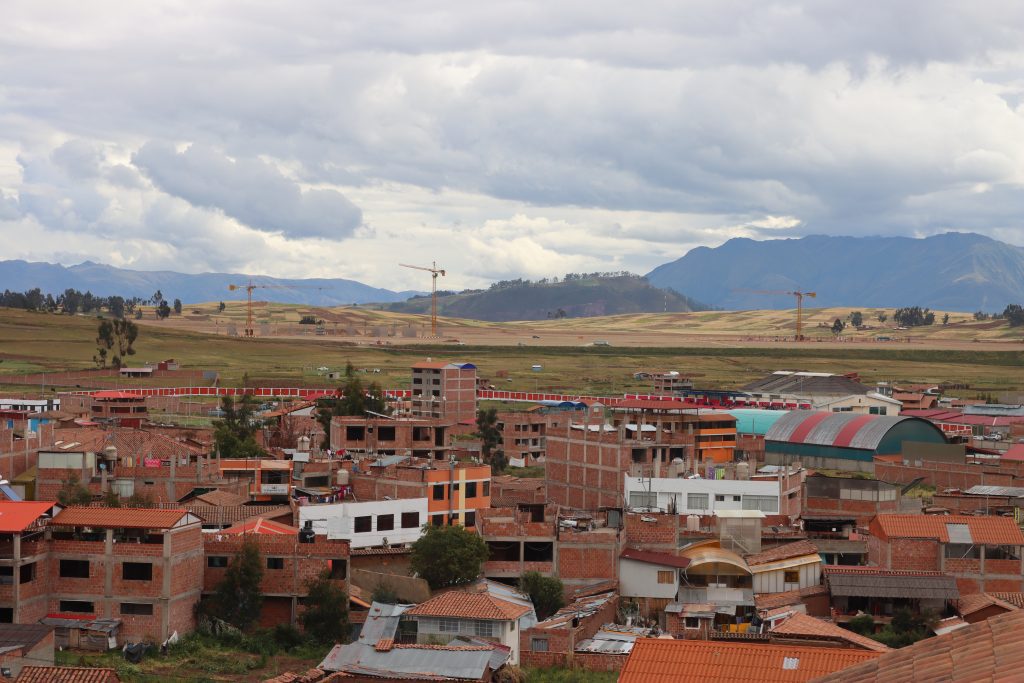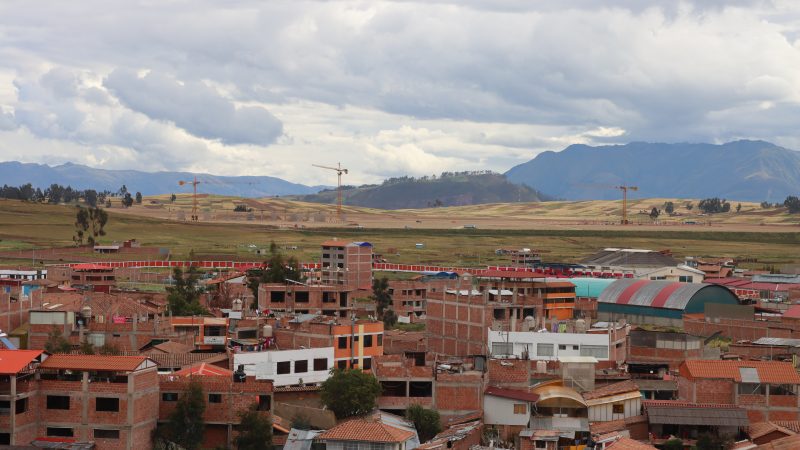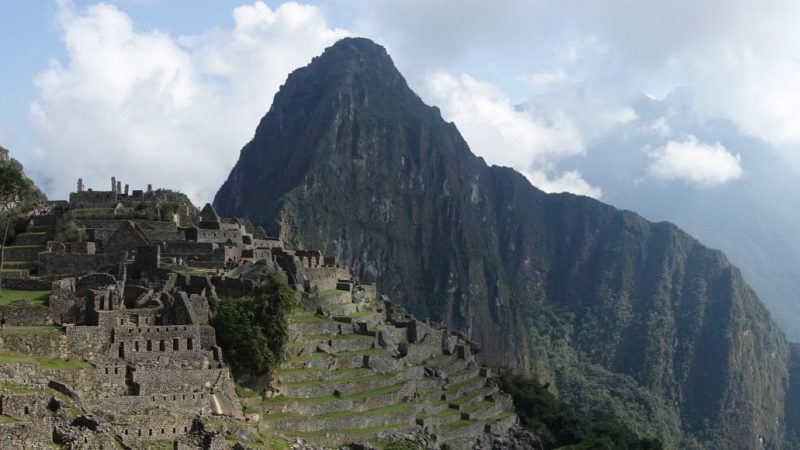One of the world’s most controversial airports currently under construction is located just outside the town of Chinchero, Peru. Chinchero is very close to the Sacred Valley of the Incas, which is home to the UNESCO World Heritage site of Machu Picchu and several other famous Incan archaeological sites. The new airport will make access to Peru’s most visited region easier for international tourists. So why the controversy?
This post is a bit atypical…it’s a shortened (and less theoretical) adaptation of an academic essay I submitted in June 2022 towards my MSc degree…but it is still a bit on the longer side! If you haven’t got the time or inclination to read the full analysis, just click #5 on the Table of Contents below to read a condensed, ‘CliffsNotes’ version created just for you! It’s much shorter, but of course less complete.
On the other hand, if you’re a total geek like me and want to read the full version with theory, references and all, just click here!
Now, on to the ‘Goldilocks’ version…
Featured image of Chinchero village with airport construction site in background (May 2023) by Draceane, CC BY-SA 4.0, via Wikimedia Commons
Table of Contents
Background
Visitors to the Sacred Valley from abroad must usually fly into Lima and then on to Cusco. Cusco’s ageing airport (opened in 1965) and its runway are small by modern standards and now surrounded by the growing city, making expansion essentially impossible for an airport that has for years been unable to keep up with flight demand. As a result, discussion about building a new airport for the city and surrounding region began in the late 1970’s. The most favored site was next to Chinchero, a 600-year-old mostly indigenous town with about 10,000 residents located on a high plateau just above the Sacred Valley.
For years the idea was set aside due to political violence and economic issues, but as stability and increased tourism to the region improved the situation, around 2010 calls to build a new airport in Chinchero grew louder. The convergence of national and regional governments run by the same political party (Partido Nacionalista) together with a growing focus on tourism development allowed the project to gain favor, and the airport is currently under construction with expected completion in 2025.

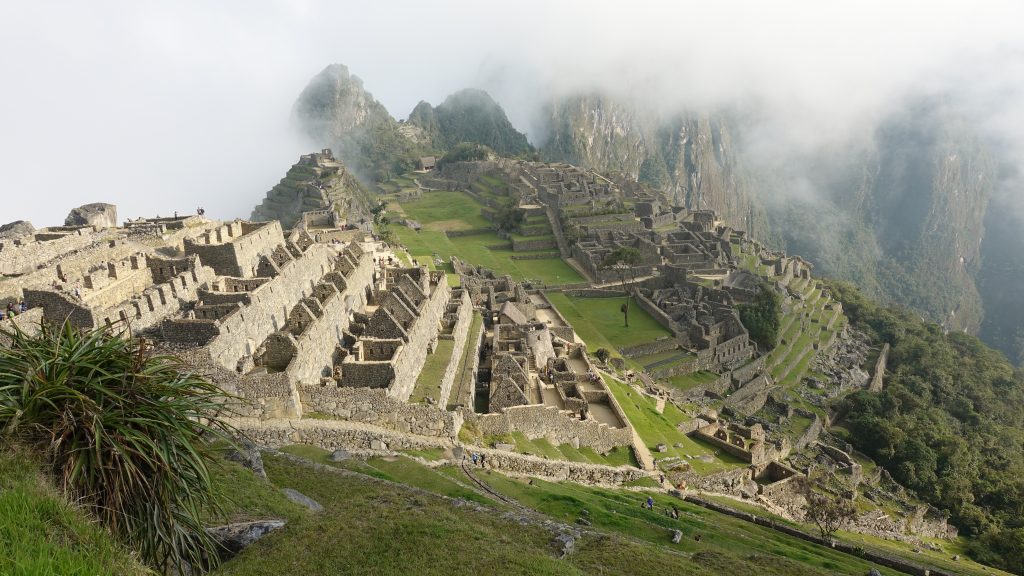
Conflict Information and Evaluation
The project’s proponents have included the regional and national governments, local workers’ unions and the Chinchero District mayor, all of whom tout its expected economic benefits. Despite changes in political leadership, support from the national government has been continuous.
Arguments against the project are numerous and varied. One very practical but serious issue concerns the chosen site, which creates or exacerbates safety risks for travelers. Aviation safety experts have produced reports as far back as the 1980’s stating that the altitude, climatic conditions and surrounding topography make the location dangerous for aircraft, claiming that an airport in this location would put lives at risk. The allegations are serious enough to call into question whether the airport will ultimately be able to function commercially at all. Additionally, a study found that one in five travelers to Cusco’s airport (at 3,310 meters/10,860 feet elevation) reported having to alter their travel plans due to acute mountain sickness, a figure which will likely rise with Chinchero’s dizzying 3,720 meters/12,205 feet.
Second, the project risks impacting numerous archaeological sites and sensitive ecological environments. Anticipated impacts to archaeological sites include the destruction of Inca terraces and trails on the site, as well as noise and air pollution from planes that will fly low over nearby Sacred Valley sites such as the ancient pueblo and Inca site of Ollantaytambo (a lovely village where I spent two overnights). This concern is exacerbated by the fact that the airport is expected to operate on a round-the-clock basis. One of the feared ecological impacts concerns the region’s hydrology. Chinchero is very dry during the winter season, but its ecosystem of wetlands, springs and lagoons keeps the area’s fertile soil irrigated and provides water to the region. But one hydrologic study found that the project’s Environmental Impact Assessment (EIA) contained numerous deficiencies, errors and false statements, and was judged to be wholly insufficient in its analysis, thus putting the entire hydrologic system at great risk.
A third point of controversy involves alleged corruption among the political and economic elites who have championed the project. The land on which the existing Cusco airport sits is many times more valuable than the terraced farmland in Chinchero, and politicians and business leaders are keen to redevelop the current airport site at what is likely to be significant profit, resulting in accusations of forcing the project through while ignoring the risks involved. Allegations of corruption and price hikes on the part of local leaders were also leveled at Kuntur Wasi, the first firm that was granted rights to build and operate the airport. Misrepresentation of the airport’s purported benefits has also occurred; after claiming otherwise for years, in 2019 the Peruvian Ministry of Transport was forced to confirm the truth of criticism from the International Air Transport Association (IATA) that the airport would not be able to handle transoceanic flights as promised.
A fourth less tangible yet far-reaching impact is upon the communities in and around Chinchero. The three different ayllus (family groups) are divided on the project, with a spectrum of views. Some see it as a positive sign of progress and economic development, while others are either wary of or against it due to concerns about its impact on their lives and land. In 2020 one researcher detailed the social change already experienced by communities in the area following the sale of previously communally-owned lands, which resulted in conflicts between and within families concerning the disbursement of proceeds, and the splitting of lands that both literally and figuratively separated comuneros (community members) who previously had shared ritual and social practices on the land. These events have already had a transformative effect on the sense of identity and concepts of ‘indigeneity’ among comuneros, and according to one researcher these transformations “seem only to reaffirm the power of (tourism) infrastructure and development to encourage the emergence of new identity politics that may well contest and contradict previous and cherished assumptions…about what being ‘indigenous’ is or should be about”.
As a result of divided opinions and lack of political clout, there has been very limited organized protest on the part of Chinchero’s residents. One exception is Rocío Cjuiro Mescco, who gathered more than 20 of her neighbors to write a letter to the local government protesting the use of water from a nearby lagoon without permission by the company conducting land clearing, an effort referred to by one researcher as “…in many ways, an uphill battle—against corporations, government entities, and even some of her own neighbors”.
Opposition to the project has been particularly strong from the international and academic communities, however. UNESCO filed a formal request for a Heritage Impact Assessment concerning Machu Picchu to the Peruvian government in 2019, a request that as of UNESCO’s 2023 report has not been satisfactorily met. Natalia Majluf, a Peruvian-born art historian at Cambridge University, also started a Change.org petition which has gathered well over 100,000 signatures worldwide, and claims that “I don’t think there’s any significant archeologist or historian working in the Cusco area that hasn’t signed the petition”.
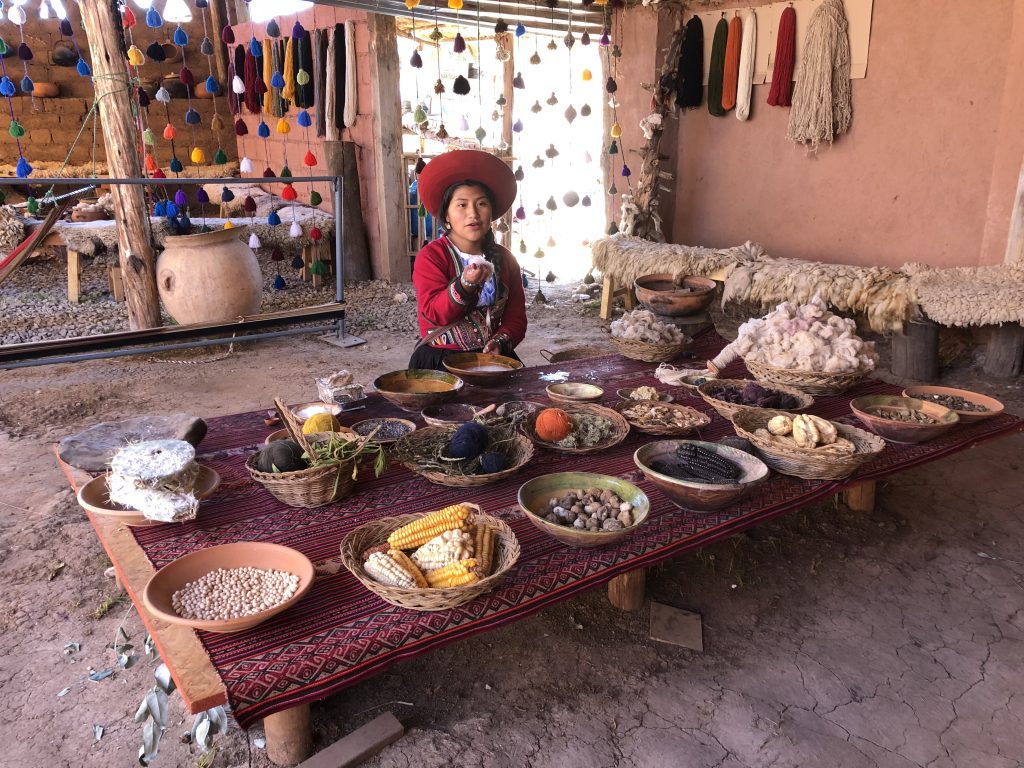
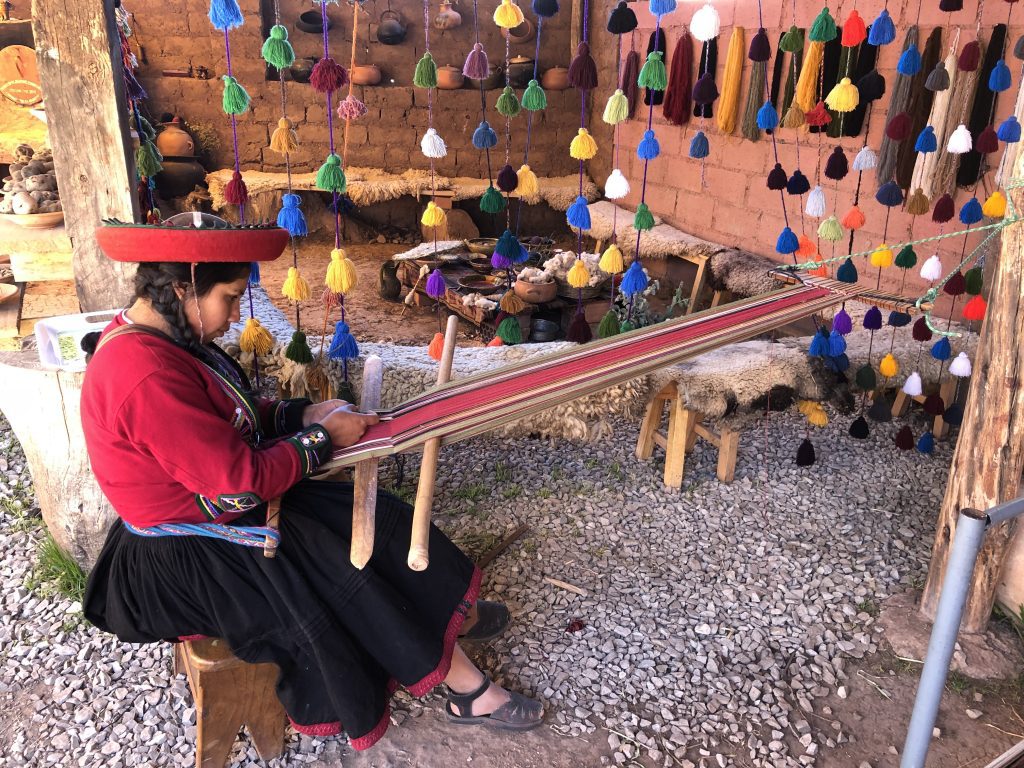
Analysis
So apart from perhaps the oversimplified explanation of corruption, why has the project been pushed through despite the broad-based concern and opposition? For the answer, we need to understand the country’s recent development history.
Peru has, beginning in earnest with the Fujimori government in 1990, doggedly pursued a neo-liberalist development model, including large-scale privatization of assets and opening of the economy to foreign direct investment, resulting in a predominance of interests related to extractive industries and a notable lack of environmental governance. The Fujimori era (1990-2000) led to rapid economic development, but his was also a highly controversial regime that according to one researcher “carefully cloaked its authoritarian behavior in democratic forms”. The same researcher also highlights the degree of economic hegemony held by elites, “…made possible by the official culture of impunity. …the Fujimorista elite constructed its own immoral economy, one based on maximizing the economic spoils of power and structured deceit”. While Fujimori’s government was ousted more than two decades ago, its legacy endures and many of his neoliberal policies were upheld by successors such as Garcia and Toledo.
The fact that this project involved the 2013 sale of Yanaconda (a Chinchero community) lands for development is also relevant, and it’s important to look at how this sale took place. Before negotiations even started, Peru Official Law 29908 was signed, specifically allowing the expropriation (forced sale) of land for the project. Also prior to the start of negotiations, the government succeeded in arguing that Chinchero was not an indigenous town due to it being too urbanized, thus stripping the Yanaconda of protections such as rights to an informed decision and prior consultation that they would have normally been entitled to under UN Convention terms and declarations in favor of Indigenous Peoples and the International Labor Organization.
In parallel, a propaganda campaign involving intense media pressure had been underway for some time already, and that control of the narrative together with the strategic withholding of information that could trigger opposition proved very effective in gaining the acquiescence of Yanaconda comuneros. This strategy is addressed directly by two theories of power, that it is wielded by controlling the agenda and by “ensuring that the marginalised are not even aware of their interests”. In the absence of real alternatives, many of Chinchero’s residents have trusted the promise of economic prosperity that they were told the airport will bring. Others are cynical, as evidenced by this powerful quote from a Cúper community elder expressing frustration with the duality of protection and exploitation:
“…what is the use of having my peasant and comunero identity if I do not have the means to educate my sons as I would like to? … The state and those foreigners want us to keep our customs, our social and political organisation systems. That is why they promulgated the Law of Indigenous Communities that acknowledges our different reality and rights. This way it looks like they are supporting us but in reality they are keeping us poor”.

Envisioning Alternatives and Conclusion
One might consider the halting of construction an ideal outcome, but this is highly unlikely considering how far construction has already progressed. But beyond pure fanciful imagination, there are valid reasons to consider how this issue could have been handled differently. It could help facilitate more inclusive future decision-making processes, and it could also enable better future decisions for this project, perhaps minimizing its negative impacts.
For example, the Peruvian Ministry of Transport’s stated goal is to improve Cusco’s airport infrastructure, thereby increasing the volume of tourism to the region and, secondarily, promoting regional development. But what if, instead of focusing on transport infrastructure and development alone, the Ministry were tasked with enhancing mobility through the lens of the Latin American concept of ‘Buen Vivir’?
‘Buen vivir’ translates as ‘good living’, and is a concept grounded in indigenous principles of community-centered development that seek to preserve both harmony with nature and cultural respect. Its modern application isn’t necessarily aimed at stopping or reversing modern development, but rather at doing it in a way that causes the least possible harm to both the natural world and to affected communities, particularly those with the least economic and political power. Such a reframing of thinking about mobility could allow alternative ideas of improving regional transport to emerge, particularly from those whose voices were obscured by the dominant perspectives, and allow new solutions for sustainable transport development to emerge.
The conflict surrounding the Chinchero Airport project is representative of the challenges that arise when powerful political and economic interests collide with themes of cultural heritage, environmental justice and marginalized citizens’ rights. As the world seeks to meet the challenges set by the Sustainable Development Goals, the need to recognize how existing power structures and their discourses have failed to plot a sustainable course will grow. New ways forward, such as those suggested by the buen vivir philosophy, are key to opening policy discourse and augmenting the voices that have thus far gone largely unheard.
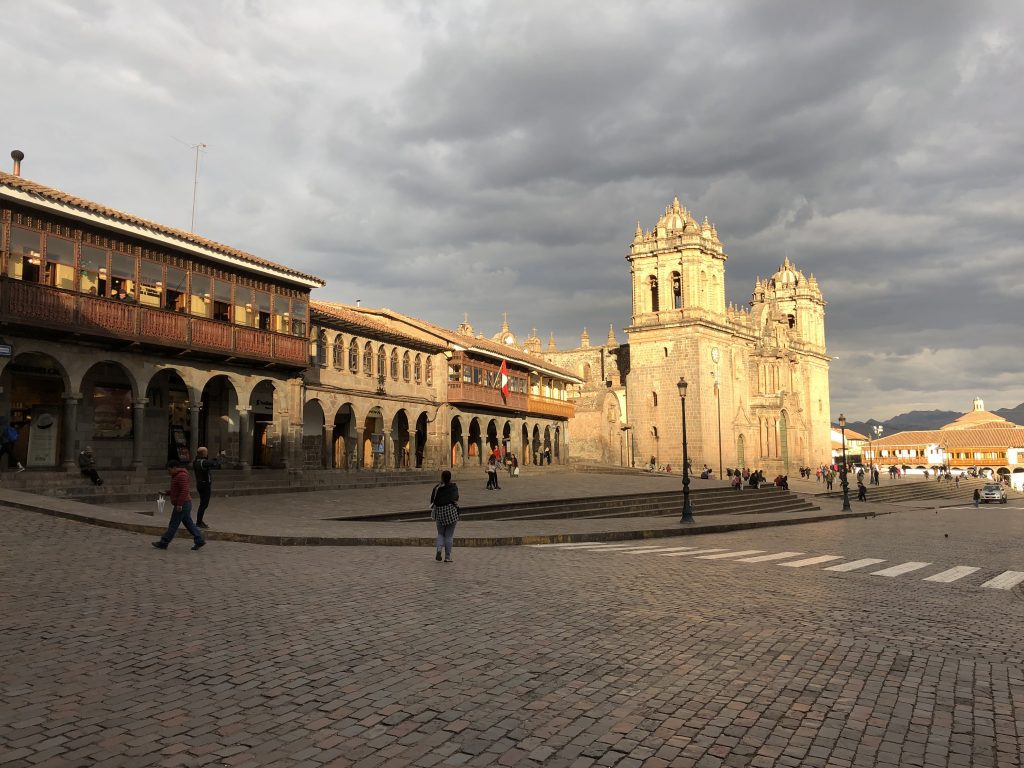
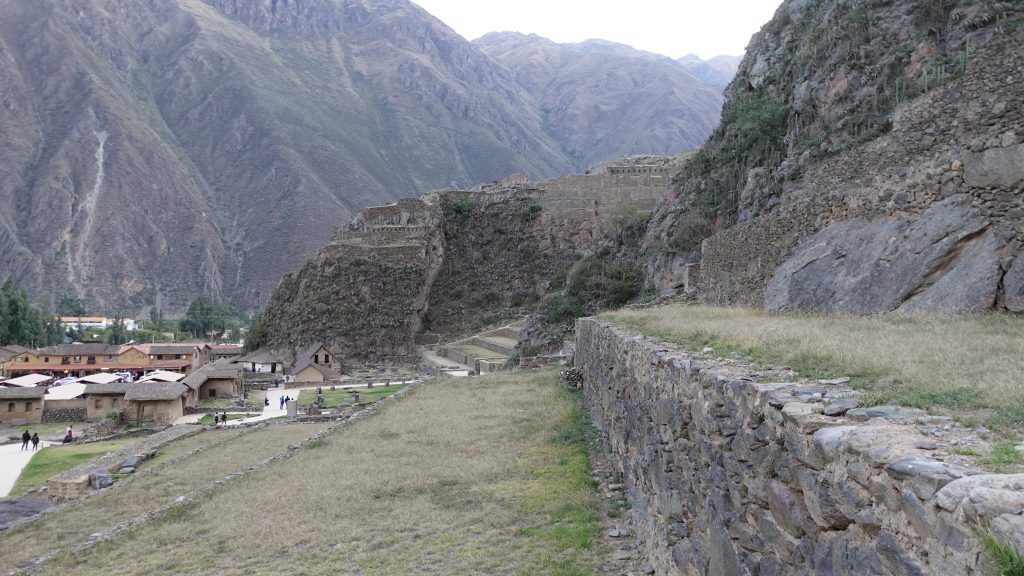
The Condensed 'CliffsNotes' Version
The region’s existing airport is in Cusco, was built in 1965 and is out-of-date and unable to accommodate larger aircraft or to be expanded due to its city location. Talk of a new airport in the mostly indigenous town of Chinchero’s high plateau above the Sacred Valley started in the late 1970’s, finally gaining political traction around 2010 through a convergence of leadership under one party at both the regional and national levels. Subsequent political leaders from other parties, notably at the national level, have continued to publicly support the project.
This project is extremely controversial, above all because of where they’ve chosen to locate the new airport. Several location-oriented factors contribute to the controversy:
- Serious concerns have been raised by numerous aviation experts that the site is dangerous for aircraft to take off/land due to its altitude, climatic conditions and surrounding topography. The allegations are serious enough to call into question whether the airport will ultimately be able to function commercially at all.
- The very high altitude of the site is likely to cause even more problems with altitude sickness among newly-arrived passengers than the existing facility in Cusco.
- It is very close to the Sacred Valley itself, such that flight paths will likely go directly over the valley causing noise and air pollution, exacerbated by the fact that the airport is intended to operate 24 hours a day.
- Construction on the site has already destroyed historic Inca terraces and trails.
- The chosen site is ecologically sensitive, and building has already begun to affect the hydrology of the area’s fertile soil, an impact which it is feared will worsen.
Additional controversy stems from allegations of corruption and price hikes involving the first firm hired to build the project. Also, the land on which the current airport sits is many times more valuable than that of the Chinchero site, resulting in accusations of forcing the project through for financial (profit) reasons while ignoring the risks involved. Misrepresentation of the airport’s purported benefits has also occurred; after claiming otherwise for years, in 2019 the Peruvian Ministry of Transport was forced to confirm that the airport would not be able to handle transatlantic flights as promised.
Finally, the land purchased to build the airport belonged to indigenous residents of Chinchero, and before negotiations the government launched a propaganda campaign of intense media pressure and passed legislation limiting the ability of the indigenous communities to advocate for their interests, or even receive complete information about the project. All of this essentially gave the indigenous landowners little choice in the matter. The sale has impacted their society internally, altering the traditional collective property ownership model and causing intra-communal conflicts where even family members have been pitted against each other, tearing at the fabric of the community.
Yet the government’s actions are very much in line with Peru’s development history. Beginning with the Fujimori government (1990-2000) Peru has doggedly pursued an economic development model including large-scale privatization of assets and opening of the economy to foreign direct investment. The Fujimori era brought rapid economic development, but his was also a highly controversial regime that according to one researcher gave elites a level of power “…made possible by the official culture of impunity. …the Fujimorista elite constructed its own immoral economy, one based on maximizing the economic spoils of power and structured deceit”. While Fujimori’s government was ousted more than two decades ago, to a great degree its legacy and policies endure.
Despite the controversy, construction has progressed far enough that a halting of the project is extremely unlikely. But beyond pure fanciful imagination, considering how this issue could have been handled differently could help facilitate more inclusive future decision-making processes, and enable better future decisions for this project, perhaps minimizing its negative impacts.
One possibility is to embed the notion of ‘buen vivir’ in the Minsitry of Transport’s mandate. Buen vivir (‘good living’) is a Latin American concept grounded in indigenous principles of community-centered development seeking to preserve both harmony with nature and cultural respect. Its aim isn’t necessarily stopping or reversing modern development, but rather doing it in a way that causes the least possible harm to the natural world and to affected communities, particularly the least powerful. Reframing the thinking around mobility in the spirit of buen vivir could allow alternative ideas of improving regional transport to emerge, particularly from those whose voices have been obscured.
The conflict surrounding the Chinchero Airport project is representative of the challenges that arise when powerful political and economic interests collide with themes of cultural heritage, environmental justice and marginalized citizens’ rights. New ways forward, such as those suggested by the buen vivir philosophy, are key to opening policy discourse and augmenting the voices that have thus far gone largely unheard.

